What Is Overseeding: Information On Timing And Best Grass For Overseeding
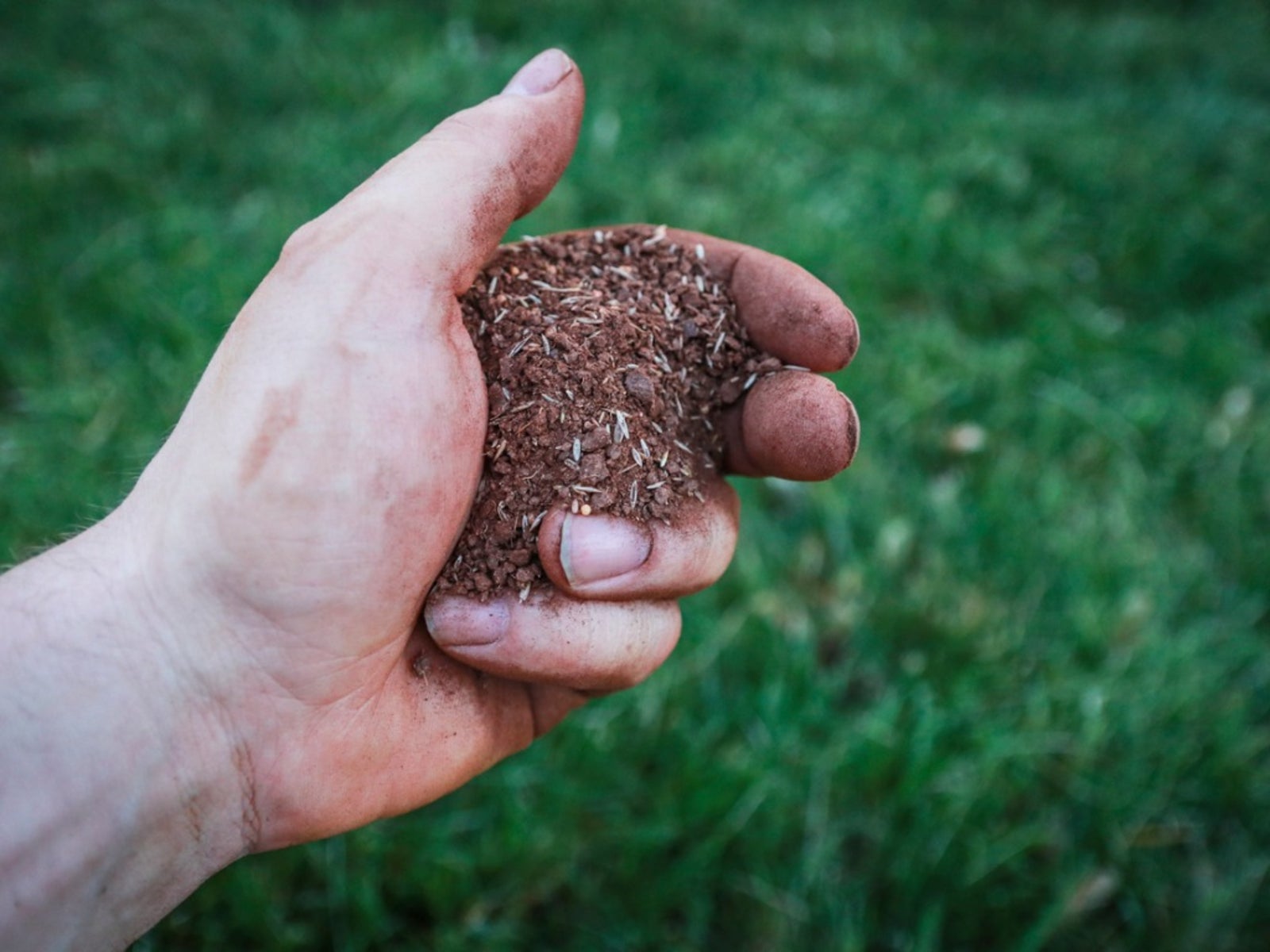

Overseeding is commonly recommended when otherwise healthy lawns exhibit brown patches or grass begins to die out in spots. Once you have determined that the cause is not insects, disease, or mis-management, overseeding can help you recover the area with healthy blades of grass. There is a right time and method to overseeding for successful coverage. Learn when to overseed a lawn and how to overseed lawns for a lush green turf.
What is Overseeding?
What is overseeding? It is simply seeding over an area that has or had existing grass that is performing poorly. There are two main reasons to overseed your lawn. First, if the lawn is patchy or thin. Secondly, if you are growing a warm-season grass that goes dormant and brown in winter, you can overseed with a cool-season turf seed so you have year around green grass. Primarily the reasons are the result of aesthetic desires. The emerald green expanse of a perfect lawn is attractive to most homeowners. Overseeding can be costly and requires careful preparation of the area and subsequent maintenance. Timing and variety are important considerations when overseeding your lawn.
Choose the Best Grass for Overseeding
If your existing grass generally performs well, you can just use the variety that is already planted. In areas with webworm or other pest problems, you might want to choose a variety with an endophyte enhanced seed, which helps reduce pest problems. You need to pick a species that is suited to your climate and region. Some good warm-season grasses are Bermuda grass and zoysia grass. For cooler climates, try a Kentucky blue or tall fescue. As you determine the best grass for overseeding, don't forget to consider the lighting of the area. Fine fescues and shade tolerant Kentucky blue are great for dim areas.
When to Overseed a Lawn
The best time for overseeding your lawn is determined by the type of seed. For most species, spring is the best time to overseed the turf. When you are overseeding for winter coverage, you may put down seed in early fall, but it requires quite a bit more management and irrigation to get the seed to take off. Most grasses need a germination temperature of 59 to 77 degrees Fahrenheit (15 to 25 C.) . Do not seed when heavy freezes or snow are expected.
How to Overseed Lawns
Preparation is an important part of the process. Rake and aerate the seedbed. Remove rocks and debris. Use the correct amount of seed in a seed spreader. Every species has a specific recommended seed rate. Use a starter fertilizer to get the plants off to a healthy start. It is also a good idea to use a pre-emergent herbicide safe for young grass seedlings. Once you apply the seed, you may top dress lightly with soil; but in most cases, the aeration holes will catch the seed and they will grow there without top dressing. Keep the area evenly moist until you see the seeds sprout. Then you can reduce irrigation gradually to match normally watering schedules. Wait to mow the grass until the area has filled in and the blades are at least an inch (2.5 cm.) high.
Gardening tips, videos, info and more delivered right to your inbox!
Sign up for the Gardening Know How newsletter today and receive a free copy of our e-book "How to Grow Delicious Tomatoes".

Bonnie Grant is a professional landscaper with a Certification in Urban Gardening. She has been gardening and writing for 15 years. A former professional chef, she has a passion for edible landscaping.
-
 8 Noteworthy Native Azaleas Every Gardener Should Know – And Grow!
8 Noteworthy Native Azaleas Every Gardener Should Know – And Grow!Native azaleas offer brilliant blooms in a range of colors and sizes. Here are a few favorites to get inspired and start working on a native shade garden!
-
 Growing Climbing Roses: How To Create Elegant Displays With Maximum Blooms
Growing Climbing Roses: How To Create Elegant Displays With Maximum BloomsMaster the art of growing stunning climbing roses with this essential guide to creating vibrant, fragrant walls and structures all summer long.
-
 Sustainable Turf Species For A Greener Lawn
Sustainable Turf Species For A Greener LawnClick here for some of the most sustainable types of turf grass you can grow for an eco-friendly lawn.
-
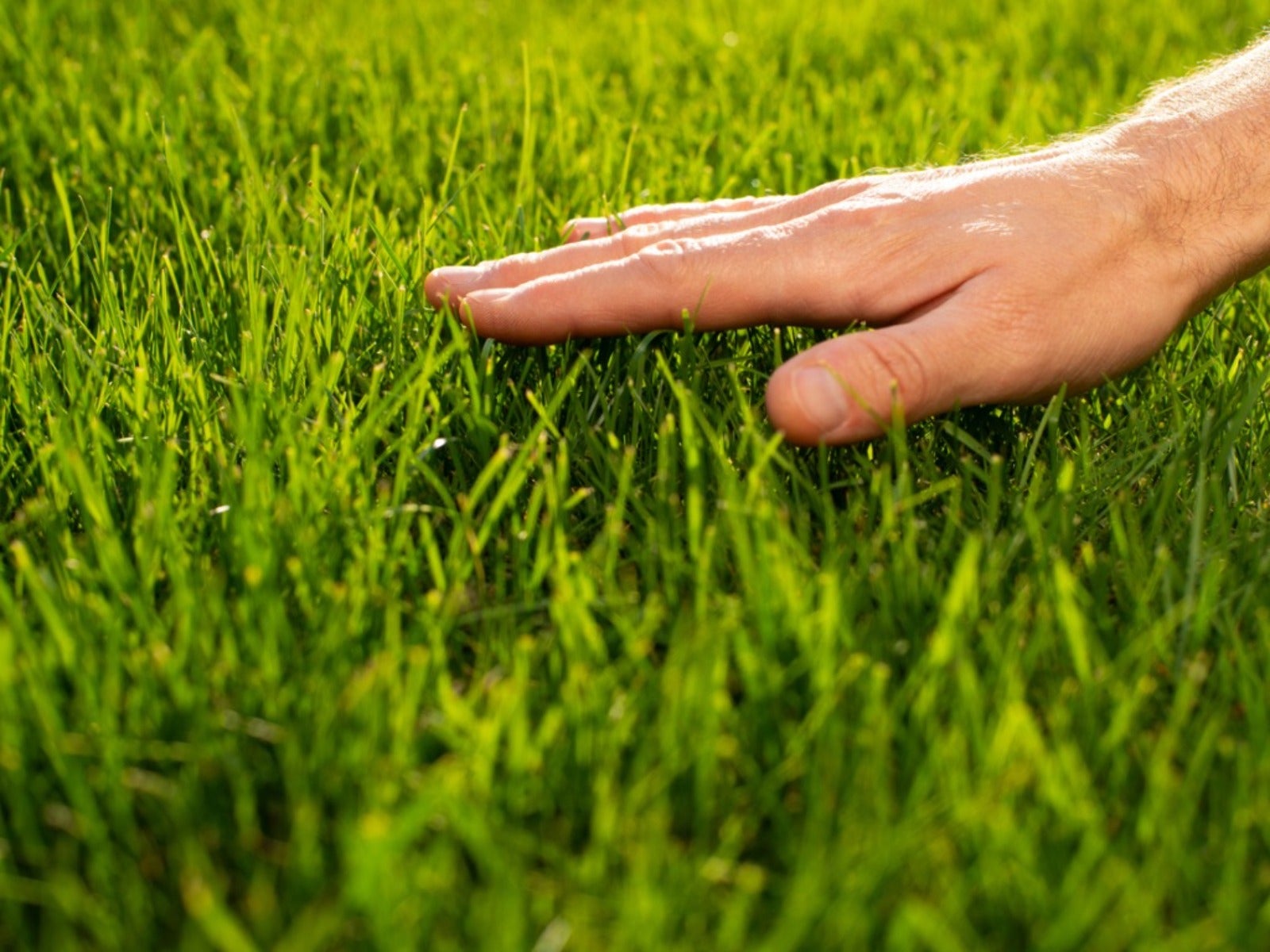 How To Grow A Sustainable Lawn
How To Grow A Sustainable LawnAdjust your thinking about a perfect green lawn and consider more sustainable methods. Click here to learn how.
-
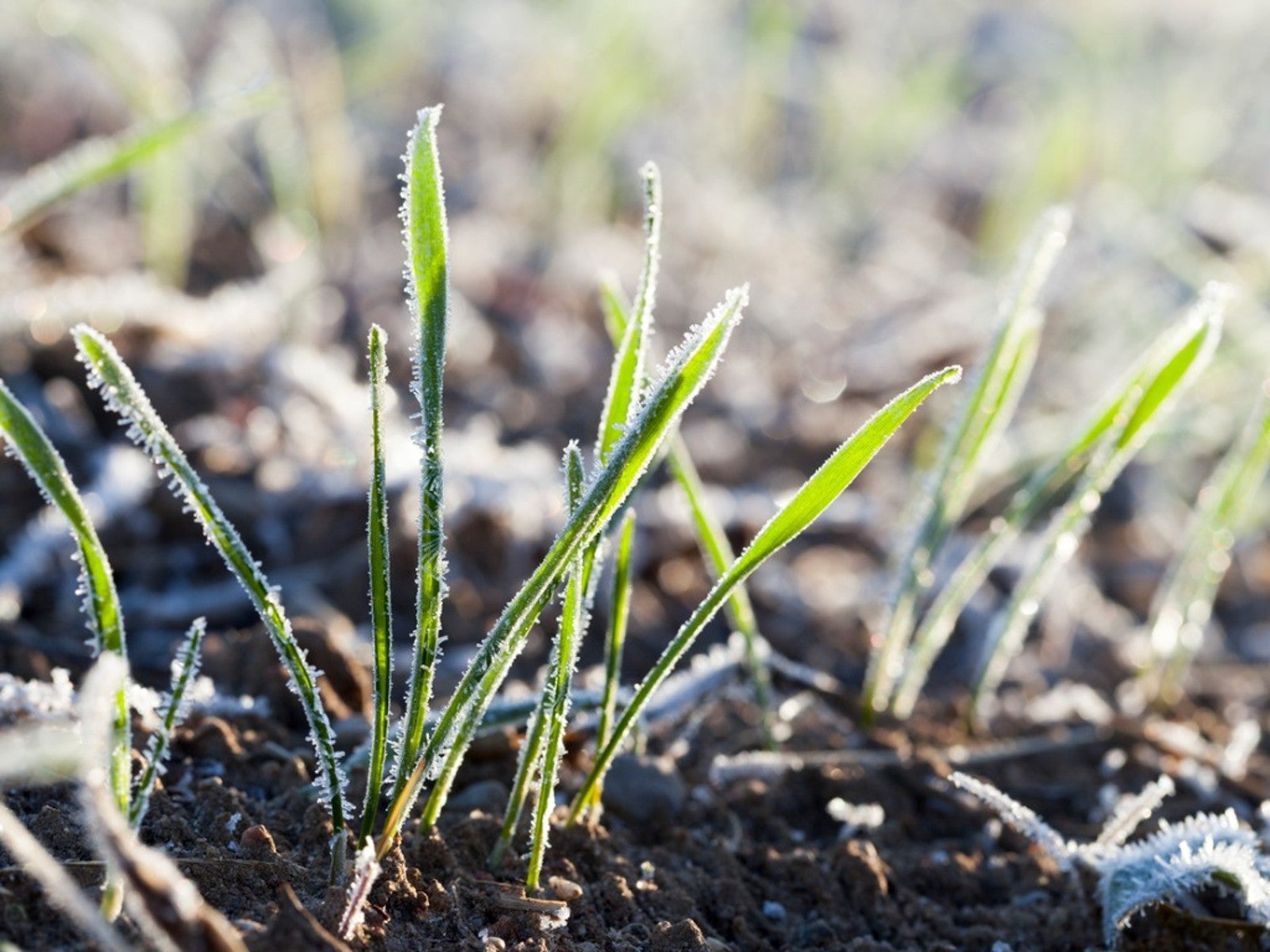 Will Frost Kill Grass Seed And How To Help New Turf Survive
Will Frost Kill Grass Seed And How To Help New Turf SurviveLearn how to help your newly sown grass survive frost and freezing weather.
-
 Lawn Problems That Aren’t Really Problems
Lawn Problems That Aren’t Really ProblemsYour lawn may not require as much work as you think. Learn which common problems aren’t really problems.
-
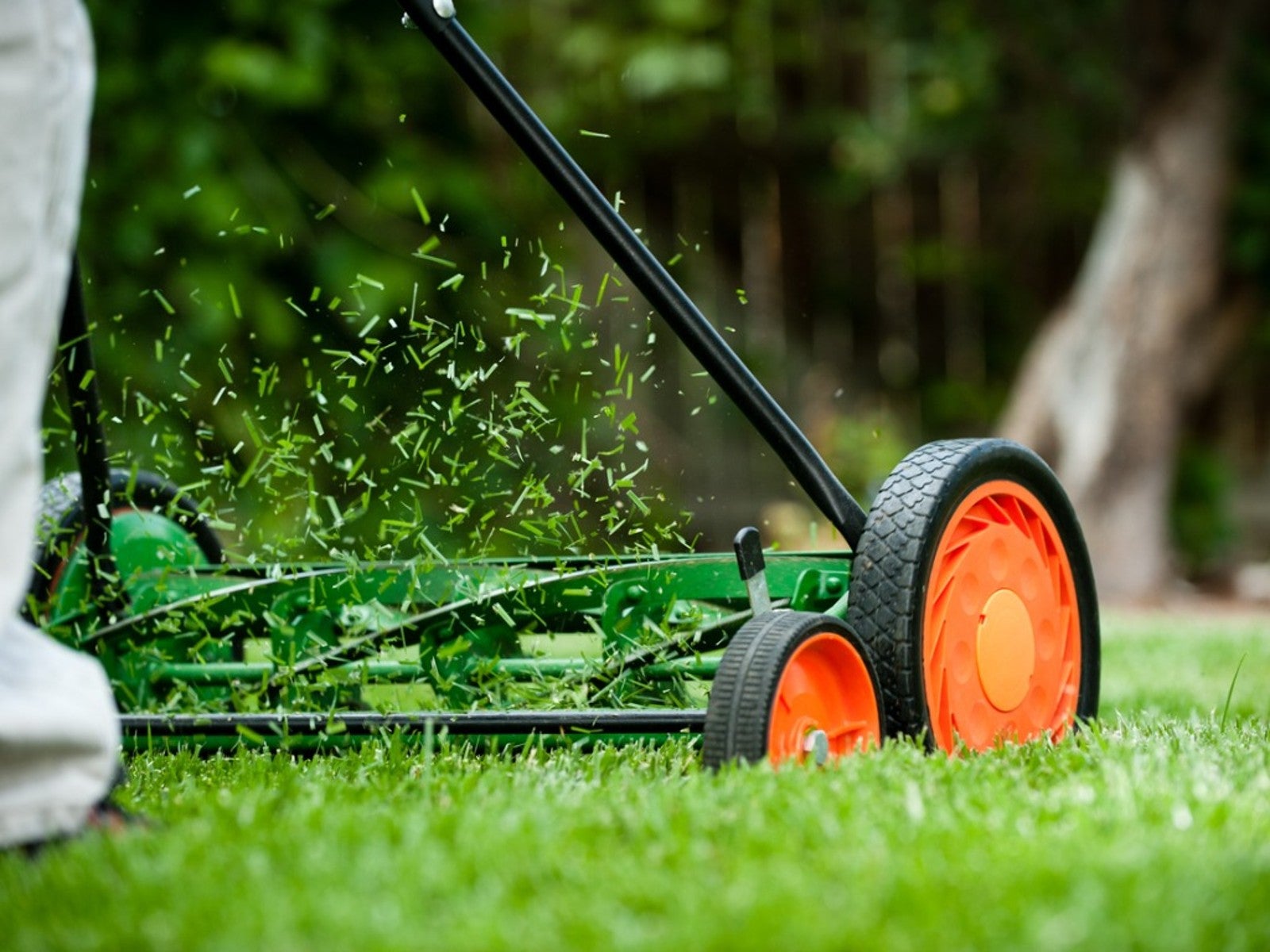 Why A Manual Push Mower Is Good For You And The Environment
Why A Manual Push Mower Is Good For You And The EnvironmentReel mowers are making a comeback, but why? Click here to learn about reel mower pros and cons.
-
 Fertilize Grass In Fall For A Lush Lawn In Spring
Fertilize Grass In Fall For A Lush Lawn In SpringFor everything you need to know about fertilizing your lawn in the fall, click here.
-
 Tips For Mowing Stripes In Lawn
Tips For Mowing Stripes In LawnWouldn’t it be great to have stripes in your lawn like a sports field? Learn how here.
-
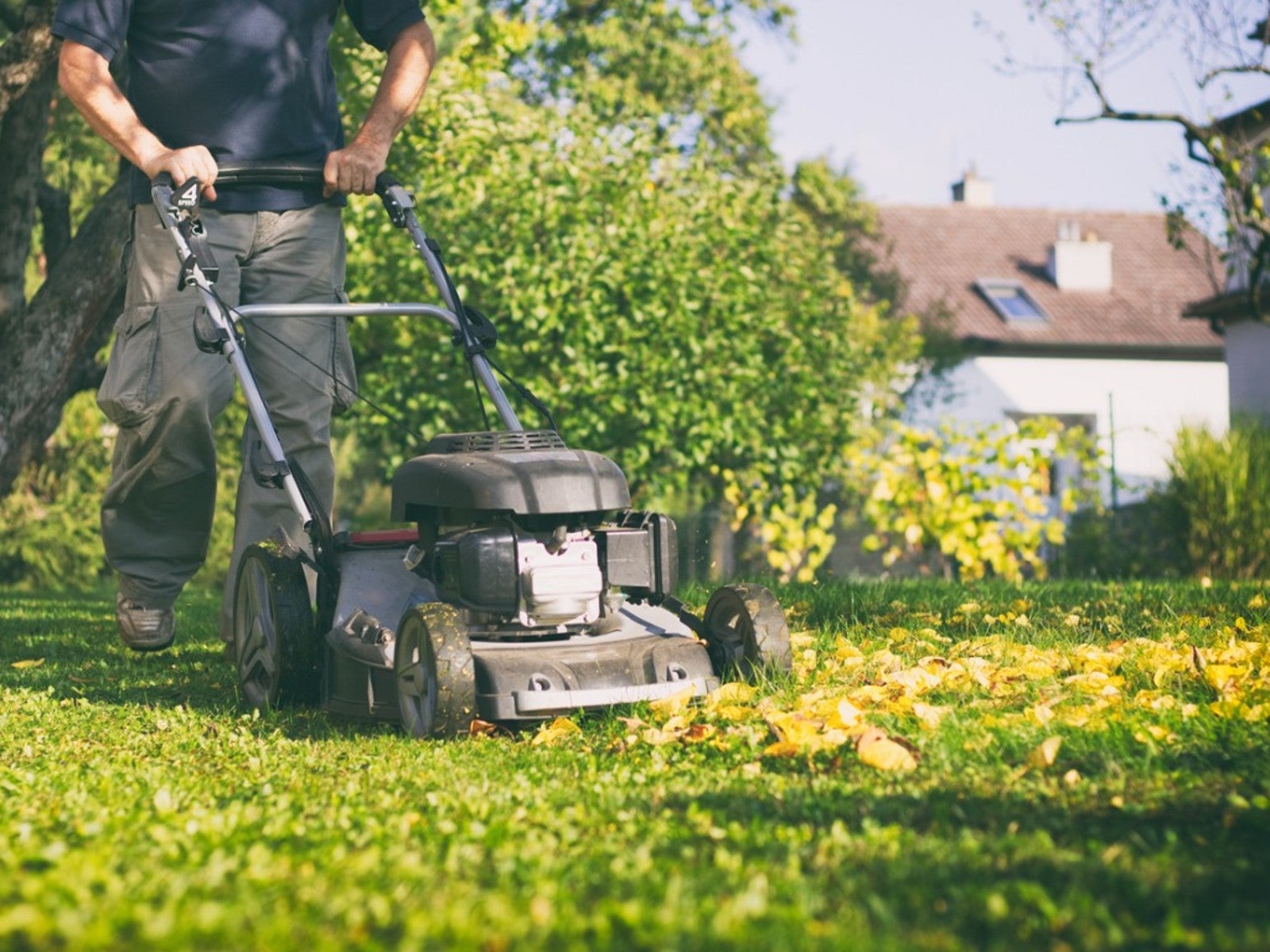 Late Summer Lawn Care Checklist
Late Summer Lawn Care ChecklistPlan to do some late summer care and maintenance of your lawn so it will be healthy and beautiful in the spring. Here are some tips.